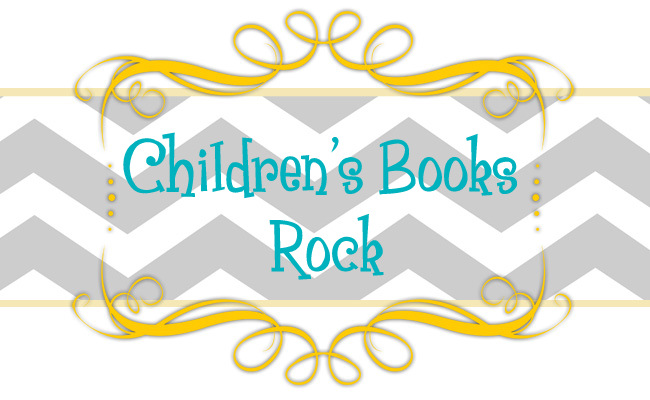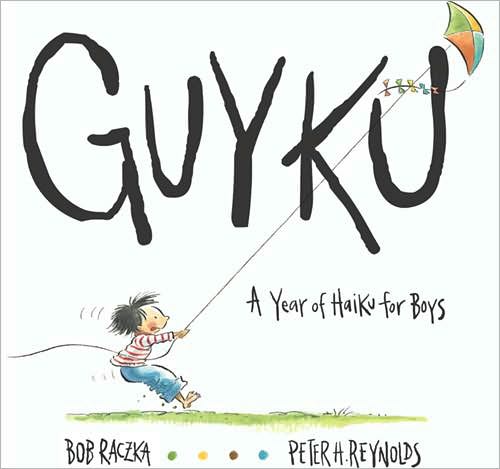
BIBLIOGRAPHY
Lewis, J. Patrick. 2012. NATIONAL GEOGRAPHIC BOOK OF ANIMAL POETRY: 200 POEMS WITH PHOTOGRAPHS THAT SQUEAK, SOAR, AND ROAR! Washington, D.C.: National Geographic. 978-1-4263-1009-6
REVIEW AND CRITICAL ANALYSIS
Edited by J. Patrick Lewis, this anthology includes 200 poems about many different animals written by classic poets such as Lewis Carroll, Emily Dickinson, and Robert Frost and modern day favorites such as Jack Prelutsky, Jane Yolen, and Douglas Florian. Everything from limericks, haiku, shape poems, and free verse are included in this comprehensive collection of amazing animal poetry. Accompanying each poem is a beautiful photograph and there are some photographs that have more than one poem associated with them. Each photograph includes a label that tells you what the picture is showing in case the reader needs clarification.
The animal poems are split into eight different sections within he book. They are “the big ones”, “the little ones”, “the winged ones”, “the water ones”, “the strange ones”, “the noisy ones”, and “the quiet ones”. Along with organizing the poems into sections, the poems are indexed by title, poet, first line, and subject making each of the 200 poems very accessible. With around 170 pages and 200 poems, J. Patrick Lews mentions in his introduction that "This book is not for reading straight through." It is intended to be a book of poetry and photographs that can be enjoyed bit by bit, over an extended period of time. The wide variety of animals, poetic forms, tone, and comprehensive indices included in the anthology make this possible.
GRANDPA BEAR'S LULLABY
The night is long
But fur is deep.
You will be warm
In winder sleep.
The food is gone
But dreams are sweet
And they will be
Your winter meat.
The cave is drank
But dreams are bright
And they will serve
As winter light.
Sleep, my little cubs, sleep.
~Jane Yolen
This poem imagines what a grandpa bear might tell his cubs as he tries to get them to sleep for the winter. Yolen not only entertains us with this sweet, imaginative poem, but also informs us about bears hibernating in the winter. This could easily be used in the classroom when teaching kids about hibernation or during the study of bears. The photograph included with this poem is of an adult grizzly bear with its cub in a field of tall, green grass.
ELETELEPHONY
Once there was an elephant,
Who tried to use the telephant -
No! No! I mean an elephone
Who tried to use the telephone-
(Dear me! I'm not certain quite
That even now I've got it right.)
Howe'er it was, he got his trunk
Entangled in the telephunk;
The more he tried to get it free,
The louder buzzed the telephee -
(I fear I'd better drop the song
Of elephop and telephong!)
~Laura E. Richards
ELETELEPHONY will surely get kids of all ages laughing out loud as they read it or hear it read out loud to them. The variety of poetic forms along with different tones throughout the book will keep readers interested and guarantees there is something for everyone in this collection of animal poems.
At the conclusion of the book there is a full two page spread included to encourage children to write their own poetry. Students could research a particular animal and write a poem that showcases their animal. Like the poems in this book, their poem could be informative or just plain silly.

